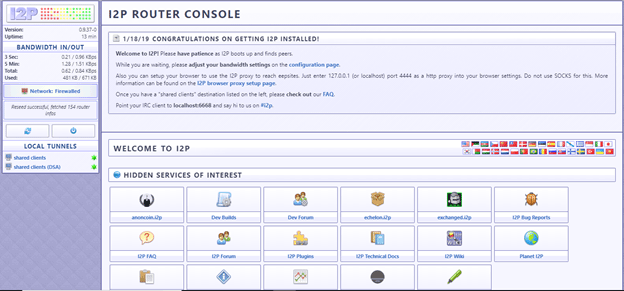

In this study, the analytic hierarchy process approach, which is a multiple-criteria decision-making method, and Expert Choice software were used for decision support. Particularly, this study offers an analytics model that compares numerous well-known digital currency exchange platforms based on the opinions of 34 human expert members on six main criteria to identify the most suitable platform. The overarching objective is to support the public in embracing the new era of a dependable, trustworthy, and sustainable digital society.

This study aims to provide a decision support system using analytic models that will guide the public in deciding the appropriate digital currency exchange platform for trading and investment. Advances in technologies have offered profitable opportunities, but the general public has difficulty accessing appropriate information on digital currency exchange platforms to facilitate their investments and trading. This study presents an analytic model to support the general public in evaluating digital currency exchange platforms. These artefacts vary from mnemonic seed phrases and plain text passphrases in the volatile memory to indicators of the use of a cryptocurrency in the captured network traffic In almost all sources of evidence there are valuable forensic artefacts. We examine different sources of potential evidence like the volatile memory, network traffic and hard disks of the system running the cryptocurrency software. In this paper, we address the privacy-oriented cryptocurrencies Monero and Verge and investigate which valuable forensic artefacts the software of these cryptocurrencies leaves behind on a computer system. While academic research on Bitcoin is becoming more mainstream, the research on privacy-oriented cryptocurrencies is not very common. Criminals use these currencies in different kinds of malware and DDOS extortion attacks to launder money.

The privacy-oriented cryptocurrencies have built-in anonymity and privacy features that made them very difficult (nearly impossible) to trace funds back to a particular user or successfully seize funds present in a cryptocurrency wallet.


 0 kommentar(er)
0 kommentar(er)
